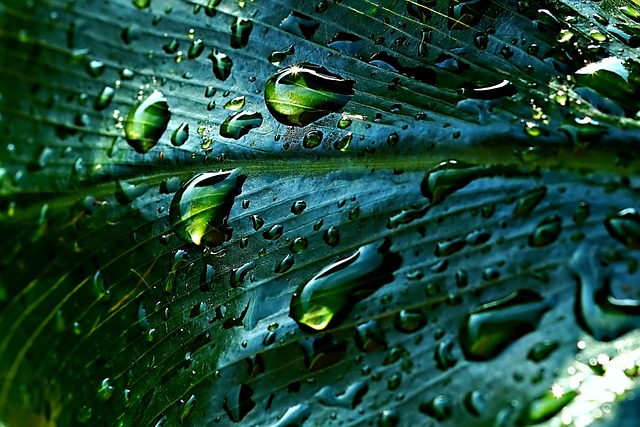How Rainwater Harvesting is Changing the Game for Emission Reduction
In an era where climate change conversations dominate headlines and emissions reduction is more critical than ever, innovative solutions often come from the most unexpected places. One such breakthrough gaining momentum is rainwater harvesting. While traditionally viewed as a method to secure water supply, this practice is now being recognized for its potential to significantly reduce emissions, transforming how we approach environmental sustainability.
At first glance, water conservation and emission reduction might seem like separate issues. However, the interconnection between these two environmental priorities is profound. When we harvest rainwater, we reduce the dependency on energy-intensive water treatment and distribution systems. These systems, which process and transport water from distant sources, consume significant amounts of electricity, often generated by fossil fuels. Every drop of harvested rainwater, therefore, represents not just water saved, but emissions avoided.
Imagine a community where buildings are equipped with efficient rainwater harvesting systems, collecting water from rooftops and storing it for irrigation, flushing toilets, or even for industrial uses. This localized approach means less pumping and treatment, which translates to lower power consumption and a smaller carbon footprint. Leading environmental analysts now consider rainwater harvesting a viable emission reduction strategy, especially suitable for urban and semi-urban areas grappling with water scarcity and air pollution.
Beyond the direct energy savings, rainwater harvesting also offers indirect emission benefits. By reducing stormwater runoff, it mitigates flooding and erosion, which can otherwise lead to increased greenhouse gas emissions through disrupted ecosystems. Healthier soil and greener landscaping supported by harvested rainwater can absorb more CO2, contributing further to emission reduction.
The emotional connection to rainwater harvesting comes from the empowerment it offers individuals and communities. It’s a tangible way for everyday people to participate in tackling a global crisis. Knowing that the simple act of collecting rainwater can lead to cleaner air and a healthier planet fosters a sense of hope and responsibility.
As we face escalating environmental challenges, embracing sustainable practices like rainwater harvesting isn’t just smart—it’s essential. By integrating this age-old technique with modern technology and environmental policies, we can revolutionize emission reduction efforts, one raindrop at a time.



